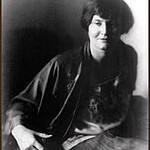

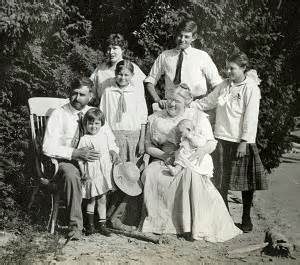
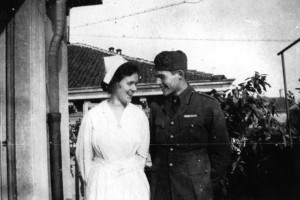
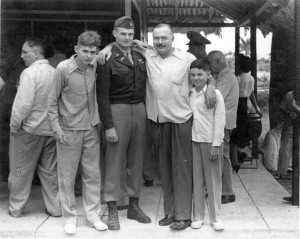
Below are a few photos that are not published as often as some. Hope you enjoy them. Best, Christine
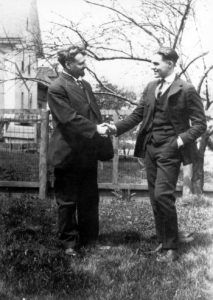
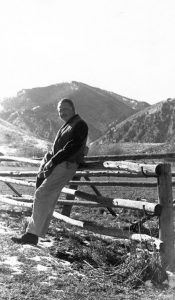
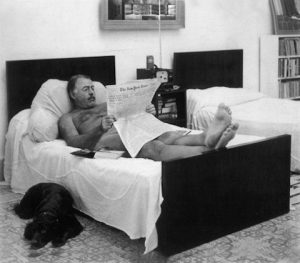
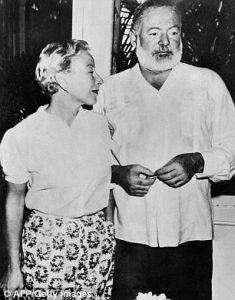

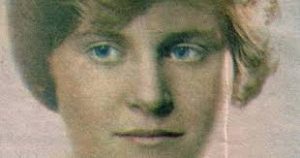

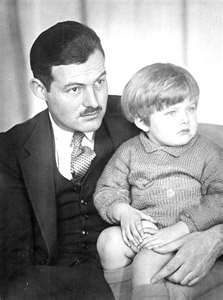

Enough photos for Today! C
All about Hemingway





Below are a few photos that are not published as often as some. Hope you enjoy them. Best, Christine









Enough photos for Today! C
 Brandon King / Red Dirt Report
Brandon King / Red Dirt ReportYUKON, Okla. — I’m sitting an office surrounded by books I’ve read time after time. Each word, each stanza says something different yet I keep reading.
This is what it must feel like to be religious and captured by something through and through.
Each day, I attempt to write something new and original in hopes to capture the spirit of something yet to be said.
This, and many other lessons, I learned from one of the greatest American writers who ever lived.
Ernest Hemingway is more than a writer; he is something which doesn’t pass through life often.
Hemingway was a man of originality who cursed clichés and lived as though death bit at his heels. Eventually, he would give up running.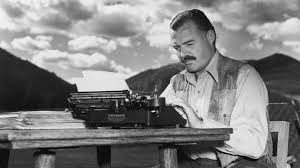
I began reading Hemingway shortly after high school. As an 18-year- old who had grown up in the small, yet growing, town of Yukon, culture was a commodity few and far between. It was as barren as it was lonely. At the time, I was reading pieces from writers like Fitzgerald, Ezra Pound and T.S. Eliot. They were powerful yet they lacked a punch I wanted to read.
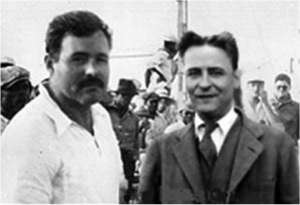
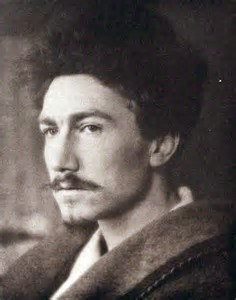
It wasn’t until a trip to Half-Price Books which my perspectives would change.
A blue book was fringed on the corners from being dropped too often. In silver letters, it read A Farewell to Arms by Ernest Hemingway. As a literary nerd, I had heard the name yet the words and meanings were not there yet.
Since this time, I have read all but two of Hemingway’s pieces. In a near obsessive state, I have found a voice which echoes through the halls of time and continues to speak to those tired of the monotony of modern living.
With each novel and short story, Hemingway provides a lesson for each reader. This should be the goal for any writer worth his or her words. Without meaning, a writer is no more than words on a deaf ear.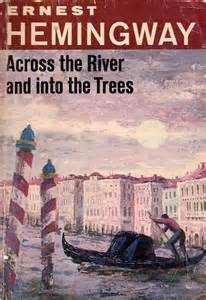
Before reading Hemingway’s work, I would find myself asking questions that people could only speculate the answer to. By the time I was finished, I would wonder why I hadn’t thought of that solution before. Though his work deals with death and despair mixed with the feelings of age and war, Hemingway shows us that the world can be seen in any light.
Subjects like love and loss are covered in almost every piece of work. It’s easy to summarize the passing of someone you once loved as painful. It’s quite another thing to express it the way Hemingway did.

For most readers, we all have experienced what it’s like to fall in love with someone and have the hands of death snatch them before their time.
At least I have.

The lessons of Hemingway can give those without a voice a map to find how to express themselves. This is the problem with society as it progresses; just because civilization continues to survive does not mean that civilization grows.
For you, the reader, when was the last time you picked up a novel and read it for what it was worth? When was the last time you enjoyed yourself as you read something so profound that you could feel it touch your heart?
According to the PEW Research Institute, 26 percent of American adults have not read a single book over the past year. This means that no new ideas and possibly no creative endeavor has been established in over a year.
I could list every reason as to why you should learn the lessons of Hemingway but nothing good ever came free. As I’ve learned from Hemingway, “there is no friend as loyal as a book.”
Lessons come by easier for those wanting more out of life. Complacency is a mutual dish that is best served to those who want to survive. For writers and free-thinkers like Hemingway, there is more to life than survival.
It’s the stakes of being original and true. Listed below are the books that have helped me deal with certain issues. If you are interested, please invest in your local library and read on.
To quote Hemingway, “All you have to do is write one true sentence. Write the truest sentence that you know.”
A Farewell to Arms: Depression, death and love
The Sun Also Rises: Masculinity, maturity and adventure
The Old Man and the Sea: Aging, death, trying against all odds
For Whom the Bell Tolls: War, destruction, and courage
A Moveable Feast: Dealing with family, memories, and depression
The Garden of Eden: Skepticism, faith and originality
Please enjoy this short clip of Hemingway’s Life. Best, Christine
During the past year, I had a desktop calendar delivering me (mostly) daily doses of the “365 Greatest Things Ever Said.” While I could dispute the breadth of that claim, I did hang onto several items that struck a chord with me.
I’ll share a few of those words of wisdom with you:
“Unless you’re ashamed of yourself now and then, you’re not honest.” — writer William Faulkner.
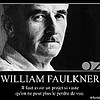
• “The best advice I’ve ever received is, ‘No one else knows what they’re doing either.’” — comedian Ricky Gervais.
• “In real life, the hardest aspect of the battle between good and evil is determining which is which.” — writer George R.R. Martin.

“Insane people are always sure they’re just fine. It’s only the sane people who are willing to admit they’re crazy.” — writer Nora Ephron.
“We must believe in luck. For how else can we explain the success of those we don’t like?” — writer/filmmaker Jean Cocteau.
“It is more fun to talk with someone who doesn’t use long, difficult words but rather short, easy words like ‘What’s for lunch?’” — writer A.A. Milne.
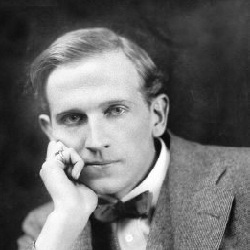
“When you’re right, nobody remembers. When you’re wrong, nobody forgets.” — boxer Muhammad Ali
“Always do sober what you said you’d do drunk. That will teach you to shut your mouth.” — writer Ernest Hemingway.
“Never let your sense of morals prevent you from doing what is right.” — writer Isaac Asimov.

“Never eat at a place called Mom’s. Never play cards with a man named Doc. And never lay down with (someone) who’s got more troubles than you.” — writer Nelson Algren.
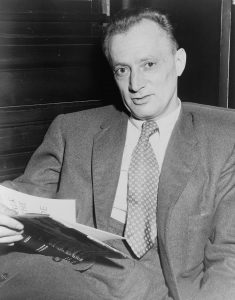
• “Honesty may be the best policy, but it’s important to remember that apparently, by elimination, dishonesty is the second-best policy.” — comedian George Carlin

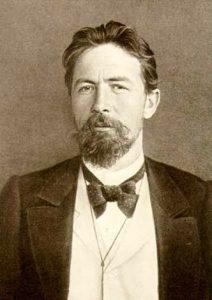
• “Love, friendship, respect do not unite people as much as a common hatred of something.” — writer Anton Chekov
•“You’re mad, bonkers, completely off your head. But I’ll tell you a secret. All the best people are.” — writer Lewis Carroll.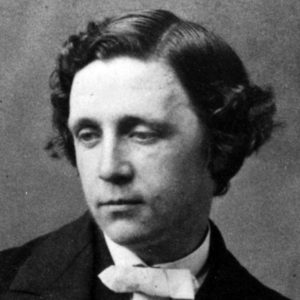
• “I am so clever that sometimes I don’t understand a single word of what I’m saying.” — writer Oscar Wilde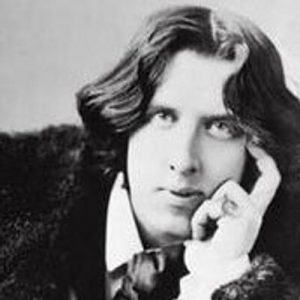
• “Character consists of what you do on the third and fourth tries.” — writer James. A. Michener.
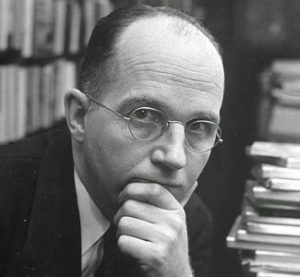
• “Love your Enemies, for they tell you your Faults.” — statesman Benjamin Franklin.
• “I believe in looking reality straight in the eye and denying it.” — humorist/writer Garrison Keillor.
• And finally, if you crave something truly practical to take into 2018, consider these words from poet Maya Angelou: “History, despite its wrenching pain, cannot be unlived, but if faced with courage, need not be lived again.
Follow @kelly_hertz on Twitter.
Below is the Huffington Post’s list of Hemingway Trivia BY TODD VAN LULING. A few were new to me. Best to all for 2018. Love, Christine
1. Hemingway apparently once lived, got drunk and slept with a bear.
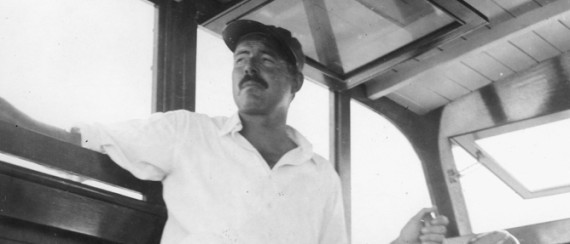
Former New Yorker staff writer Lillian Ross had a long profile of Hemingway published in 1950.
During a section of the story where she’s at a bar with Hemingway, talking about bears at the Bronx zoo, Ross includes an aside about how the writer gets along well with animals, writing, “In Montana, once, he lived with a bear, and the bear slept with him, got drunk with him, and was a close friend.”
As this fact simultaneously seems insane and doesn’t readily appear elsewhere, it’s unclear whether Ross’ aside was an exclusive for her interview or if the story is more of a legend.
2. F. Scott Fitzgerald once had Hemingway look at his penis to judge if it was adequate.
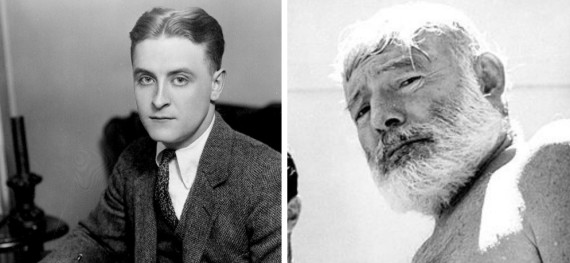
In Hemingway’s A Moveable Feast — a collection of stories about his time in Paris as an expat during the 1920s — there’s a long interaction with the Great Gatsby author, F. Scott Fitzgerald. In this exchange, according to Hemingway, Fitzgerald confesses that his wife, Zelda, said that his penis is too small or exactly, “She said it was a matter of measurements.”
Hemingway tells Fitzgerald to follow him to the men’s room and then says, “‘You’re perfectly fine,’ I said. ‘You are OK. There’s nothing wrong with you.” He continued reassuring Fitzgerald, “You look at yourself from above and you look foreshortened. Go over to the Louvre and look at the people in the statues and then go home and look at yourself in the mirror in profile.’”
3. Hemingway once said that he can’t think of any better way to spend money than on champagne.

Image: Getty
In the New Yorker profile from 1950, Hemingway gets frustrated at the group he’s having lunch with for thinking they can leave the table before all of the champagne is finished.
“‘The half bottle of champagne is the enemy of man,’” Hemingway said. We all sat down again,” writes Ross in the New Yorker.
Hemingway is then quoted while pouring more champagne as saying, “If I have any money, I can’t think of any better way of spending money than on champagne.”
4. The KGB secretly recruited Hemingway to be their spy, and he accepted.

According to a 2009 story in The Guardian, Hemingway went by the code name “Argo,” while somewhat working for the KGB. The article talks about the publication of Yale University Press’ Spies: The Rise and Fall of the KGB in America, which claims that Hemingway was listed as a KGB operative in America during Stalin-era Moscow.
According to the documents obtained by the book, Hemingway was recruited in 1941 and was fully willing to help, but never actually provided any useful information. It’s unclear if that’s because Hemingway was doing this all as a lark, or if he just wasn’t that good of a spy.
“The name’s Hemingway, Ernest Hemingway,” is a lot of syllables.
5. While in his later years, the FBI conducted surveillance on Hemingway.

Hemingway biographer and personal friend of the author for 14 years, A.E. Hotchner, wrote a New York Times opinion piece in 2011, claiming that Hemingway spent his last days incredibly paranoid that the FBI was following him and that this paranoia ended up being justified.
“It’s the worst hell. The goddamnedest hell. They’ve bugged everything. That’s why we’re using Duke’s car. Mine’s bugged. Everything’s bugged. Can’t use the phone. Mail intercepted,” Hotchner quotes Hemingway as telling him shortly after the author’s 60th birthday. Hotchner remembered thinking Hemingway was losing it as the author went on and on about how his phones were being tapped and his mail intercepted.
Hotchner was then shocked when the FBI released its Hemingway file due to a Freedom of Information petition, where they admitted Hemingway was put on the surveillance list in the 1940s by J. Edgar Hoover. “Over the following years, agents filed reports on him and tapped his phones,” Hotchner wrote. According to Hotchner, he’s had to find a way to reconcile his memories of Hemingway losing it in his final years — which partially led to extensive electroshock therapy — with the author actually being right.
6. Hemingway felt it “would be very dangerous” for someone to not attend multiple fights a year.
In that same New Yorker profile from 1950, Ross writes about what happened when she suggested what Hemingway thought was a lackluster fight:
Hemingway gave me a long, reproachful look. “Daughter, you’ve got to learn that a bad fight is worse than no fight,” he said. We would all go to a fight when he got back from Europe, he said, because it was absolutely necessary to go to several good fights a year. “If you quit going for too long a time, then you never go near them,” he said. “That would be very dangerous.” He was interrupted by a brief fit of coughing. “Finally,” he concluded, “you end up in one room and won’t move.”
Part two to appear in two weeks. Best, Christine

UPDATE: At around 1 p.m. PST, Dave Gonzales, executive director of the Ernest Hemingway Home and Museum in Key West, confirmed to CNN that he and nine other employees were staying through the fierce winds and rain expected with Hurricane Irma, saying the legendary author’s 1851 house, with its 18-inch-thick limestone walls is “the strongest fortress in all the Florida Keys.” Original story follows:
Actress Mariel Hemingway thinks it’s noble that the 72-year-old general manager of her grandfather’s historic Key West home wants to stay and try to safeguard the property and its famous six-toed feline residents as Hurricane Irma comes barreling in.
But she’s begging Jacqui Sands to leave the Ernest Hemingway Home and Museum to protect her life.

“I think you’re wonderful and an admirable person for trying to stay there and to try to save the cats and the house,” the Academy Award-winning actress said in a video posted by TMZ.
“This is frightening. This hurricane is a big deal,” she said, adding that she should, yes, save the cats if she can.
“Get in the car with the cats and take off,” she said.
The legendary author’s home, where he wrote “A Farewell to Arms” and “The Snows of Kilimanjaro,” is in the path of Irma, which is now categorized as a category 4 hurricane and is expected to hit the Florida Keys and other parts of southern Florida Saturday evening.
General manager Sands is tasked with securing the property and ensuring the safety of the 55 cats that freely roam there. Many of the cats are believed to be descendants of the author’s cat Snow White and have the distinctive six and seven toes on one paw.

Sands won’t be there alone with the cats. She’ll be joined by nine other employees, who have helped to stock up on food, water and medication for the cats and to board up windows and doors. They also have three generators to keep the power and air conditioning going. The other employees couldn’t leave because either they don’t have a car or couldn’t find a flight out, she said.
That confidence was echoed by the museum’s executive director Dave Gonzales, who told the Houston Chronicle that the 1851 French colonial home has 18-inch thick limestone walls that allow it to withstand dangerous storms.
“This isn’t our first hurricane. We’re here to stay,” Gonzalez said.
In an interview with CNN Friday afternoon, he added that at 16 feet above sea level, the house is not in a flood zone. As for the cats, he said they are adept at surviving storms, and the home has never lost a cat to a hurricane.
“Cats know naturally when to go. As soon as the barometric pressure drops, they come in,” Gonzalez said. “They know before humans do when it’s time to get in.”

But Mariel Hemingway isn’t so confident and points out that “it’s just a house.”
She acknowledged that “none of us likes to lose things we treasure” but “ultimately you’ve got to protect your life.”
Hemingway then referred to that famous idea espoused by her grandfather in his prose.
“Courage is grace under pressure,” she said. In this case, “I think this is taking things a little too far.”
Ernest Hemingway, the legendary author and tortured Nobel laureate, is known for works like “A Farewell to Arms” and “The Old Man and The Sea.”
His image was that of a bold adventurer and world traveler. He was an avid big game hunter, often posing next to his prey in pictures.
There’s another — and perhaps more relatable — side to the legendary author, though. It’s one of an awkward teenage suitor trying desperately to impress a girl who captured his high school heart.
Her name was Frances Elizabeth Coates. She sang opera and went to the same Oak Park, Illinois high school Hemingway attended. He played cello at the time and was enamored by Coates and her love of art.
Coates’ granddaughter, Betsy Fermano, lives in Marblehead, Mass. She kept Hemingway’s letters to her grandmother since Coates’ death in 1988. She seals the letters in a quart-sized plastic bag and was keeping them in a trunk. She only recently started dropping them off in a vault at a nearby bank when she learned they could be of value. They’re slightly yellowed but in surprisingly good condition for papers that are essentially a century old.

“I remember my grandmother telling me about these letters, and she was very embarrassed to talk about her relationship with Ernest Hemingway — or Ernie as she always called him,” says the retired fundraising and development executive. “Because they were really close friends … and I guess Ernie wasn’t with, so I’ve heard, a lot of women, and he was really close to my grandmother, to Frances, and they spent a lot of time together.”
Elder (A Hemingway Scholar) says the preservation of Hemingway’s letters is remarkable.
“Letters from that era — from 1918, 1919 — outside the family are extremely rare,” he explained. “It’s just his voice. He is just sort of free and flirtatious with her because he’s not writing to family.”

A portion of a letter written by Ernest Hemingway to Frances Coates in 1918. (Jesse Costa/WBUR)
In the letters, a young Hemingway writes from Milan, Italy during World War I. We asked Fermano to read one of the letters Hemingway wrote from his hospital bed there in 1918 as he recovers from injuries suffered while volunteering as a wartime ambulance driver. He wrote:
“Dear Frances, you see, I can’t break the old habit of writing you whenever I get a million miles away from Oak Park. Milan is so hot that the proverbial hinges of hell would be like the beads of ice on the outside of a glass of Clicquot Club by comparison. However, it has a cathedral and a dead man, Leonardi Da Vinci and some very good-looking girls, and the best beer in the Allied countries.”
Elder said Hemingway seems to be “trying to make [Frances] jealous. He’s trying to say, ‘look at all these beautiful women around me,’ and then he’s bragging about trying beer, which would’ve been sort of the ultimate sign of rebellion, because he grew up in Oak Park, which was a town sort of founded on the temperance movement and was a dry town.”
Was Coates Hemingway’s First True Love?
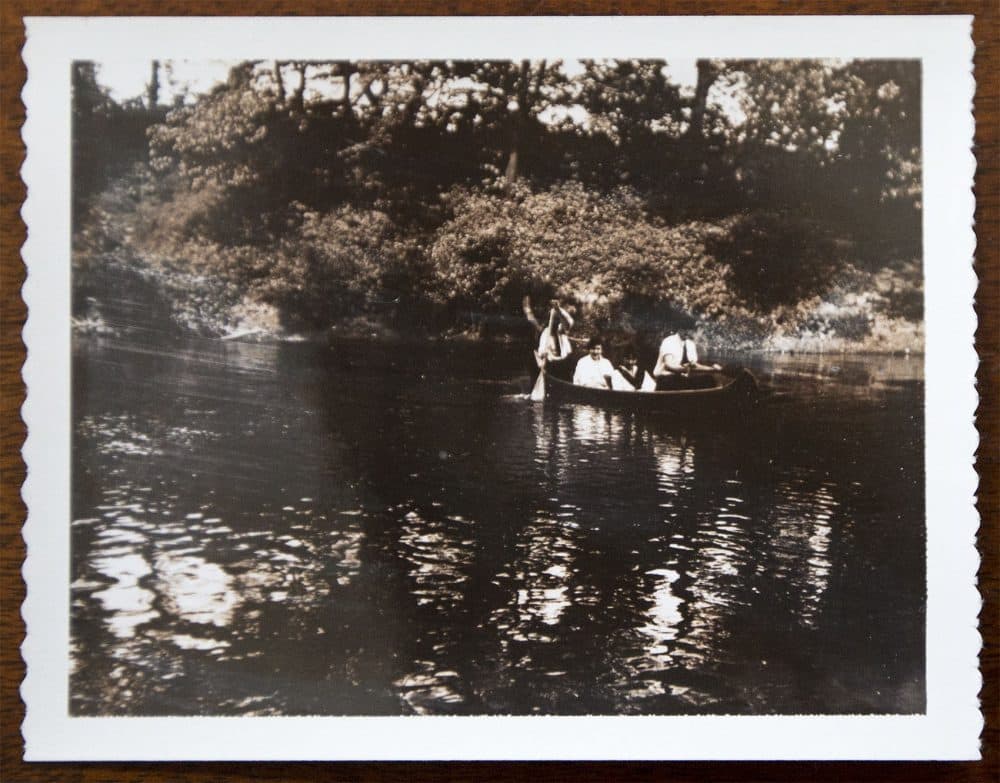
“Given some of the evidence here, I think Frances Coates cared for him, but he was squarely what we call in the ‘Friend Zone,’ so if it was his first love, it was very one-sided,” explains Elder.
It was, it appears, unrequited love, then. In fact, in a letter that Francis Coates wrote to a Hemingway biographer, she described her once close friend as awkward and sensitive.
Coates went on to marry a classmate named John Grace, a future railroad executive. But Elder says apparently Hemingway, who pined over Coates as teenager, never forgot Coates — and maybe never got over her because, in fact, her name appears as a character in some of his now classic novels.
“Hemingway was good at holding grudges, and this is not really a grudge, but she is certainly someone he never forgot,” Elder says.
Hemingway apparently references Frances as a character when he’s talking about her husband, in which he writes in his novel, “To Have and Have Not”:
“He’s probably a little too good for Frances, but it will be years before Frances realizes this. Perhaps she will never realize it with luck. [This type of man] is rarely also tapped for bed. But with a lovely girl like Frances, intention counts as much as performance.”
Woo! Elder says “whether or not that was directed at [Coates], Frances definitely saw herself in that — she wrote about it, calling it a wry scene.”
Coates didn’t forget Hemingway either.
She kept his high school portrait in a gold frame in her drawer, and all of the pictures he sent her in a small envelope. Some of those are now in Marblehead as well.
So, did Francis Coates ever regret letting go of the young writer she called Ernie who later became a larger-than-life author — but who also went on to four marriages and three divorces?
Well, a little scribble on the back of an envelope may help answer that question.
“Oh, this is what she says on this envelope, ‘Ernie’s pictures. And 25 years later, ooh! Am I glad I married John!’ ” Fermano reads, laughing.


In one of Ernest Hemingway’s first published stories, a man goes into the woods and meets a disfigured prizefighter — insightful, though prone to fits of paranoia and violence.
“You’re all right,” says the visitor after they’ve chatted a while.
“No, I’m not. I’m crazy,” the fighter says. “Listen, you ever been crazy?”
“No. How does it get you?”
“I don’t know. When you got it you don’t know about it.”
Nearly a century after “The Battler” was written, psychiatrist Andrew Farah contends, we would recognize that the prizefighter suffered from chronic traumatic encephalopathy or CTE — the same concussion-induced brain disease now infamous in sports, particularly professional football.
And the prizefighter’s renowned author had CTE, too, Farah argues in his new book, “Hemingway’s Brain.”
The psychiatrist from High Point University in North Carolina writes of nine serious blows to Hemingway’s head — from explosions to a plane crash — that were a prelude to his decline into abusive rages, “paranoia with specific and elaborate delusions” and the final violence of his suicide in 1961.
Hemingway’s bizarre behavior in his latter years (he rehearsed his death by gunshot in front of dinner guests, for example) has been blamed on iron deficiency, bipolar disorder, attention-seeking and any number of other problems.
After researching the writer’s letters, books and hospital visits, Farah is convinced that Hemingway had dementia — made worse by alcoholism and other maladies, but dominated by CTE, the improper treatment of which likely hastened his death.
[In stunning admission, NFL official affirms link between football and CTE]
“He truly is a textbook case,” Farah told The Washington Post. “His biography makes perfect sense to me in the context of multiple brain injuries.”
Farah is not the only person to make the link. A shorter discussion of head trauma in Paul Hendrickson’s biography, “Hemingway’s Boat,” convinced a reviewer that the famous writer “was probably suffering from organic brain damage.”
But Farah’s book goes deeper, mixing biography, literature and medical analysis in what he writes is “a forensic psychiatric examination of his very brain cells — the stressors, traumas, chemical insults, and biological changes — that killed a world-famous literary genius.”
Farah dates Hemingway’s first known concussion to World War I, several years before he wrote his short story, “The Battler.”
A bomb exploded about three feet from his teenage frame.
Another likely concussion came in 1928, when Hemingway yanked what he thought was a toilet chain and brought a skylight crashing down on him — causing what Farah describes as “giddy concussive ramblings … about his own blood’s smell and taste.”
Then came a car accident in London — then more injuries as a reporter during World War II, when a German antitank gun blew Hemingway into a ditch.
The psychiatrist describes his reported symptoms: double vision, memory trouble, slowed thought. And headaches that “used to come in flashes like battery fire,” Hemingway wrote in a letter.
“There was a main permanent one all the time. I nicknamed it the MLR 2(main line of resistance) and just accepted that I had it.”
[The quiet tragedy of Ernest Hemingway]
These were “classic and typical” symptoms of head trauma, Farah writes.
And not the last Hemingway would suffer.
After the war: another car accident. Then a fall on his boat “Pilar,” two years before he published “The Old Man and the Sea,” which a book reviewer called Hemingway’s “last generally admired book.”
Farah did not include in his list of concussions Hemingway’s flirtations with boxing, or accounts of head injuries he could not verify or which he suspected were the author’s tall tales.
But by the time Hemingway survived two consecutive plane crashes on a 1954 safari trip — escaping the second wreck by “batter[ing] open the jammed door with his head,” Farah writes — his remarkable brain was beyond repair.
“The injuries from earlier blows resolved, but, with additional assaults, his brain developed CTE,” Farah writes.
Often — though not always — caused by concussions, chronic traumatic encephalopathy is a degenerative brain disease that can manifest as memory loss, anger, dementia and suicidal behavior — usually decades after the head blow, according to the Centers for Disease Control.
Unknown in Hemingway’s day, it has been found in the brains of at least 17 dead athletes, and researchers will look for it in the brain of Aaron Hernandez, a former NFL star who killed himself in prison last week while serving a murder sentence.
Less bizarre but perhaps more devastating to the author: his deteriorating ability to arrange words.
“The genius who had written masterpieces such as ‘A Farewell to Arms’ and ‘The Snows of Kilimanjaro’ was now paralyzed, fully in the grip of a severe mental illness” as he struggled to assemble simple sentences for his memoirs in 1961, Farah writes.
“Only an autopsy can put the 100 percent stamp of approval” on a diagnosis, Farah acknowledged to The Post. But he didn’t back down from his conclusions in the book. “The symptoms are just so obvious,” he said.
CTE accounted for about three-quarters of Hemingway’s dementia, Farah said. “The concussions, alcohol, hypertension, and pre-diabetes all contributed to the changes in Hemingway’s brain,” he writes in his book.
And a long history of suicide in Hemingway’s family couldn’t have helped the author cope with his condition, Farah said.
But he is sure that by the end of his life, Hemingway had concussion-driven dementia, not psychotic depression as his doctors believed — to tragic consequences, he writes.
But depression was not Hemingway’s main problem, Farah argues. The traumas and resulting CTE had physically changed his brain — demented and weakened it.
After a round of shock treatments in early 1961, Farah writes, Hemingway “grew more and more abusive to” his wife, “berating her because of his paranoia.”
She and some friends had to physically restrain Hemingway from shooting himself that April.
He went back to the hospital for more shock treatments.
A few days after being discharged a second time, on July 2, 1961, Hemingway woke before sunrise. He fetched his shotgun from the basement, this time with no one to stop him.
“All his vulnerabilities coalesced in one final instant,” as Farah puts it.
Had he lived in the 21st century, Farah writes, Hemingway would have had an MRI scan, which might have revealed his much-abused brain was shrinking.
He would have been sent to a therapist, and told to stop drinking, to focus on his health, and “remind himself he is safe.”
He likely would have been prescribed antidepressants and vitamin B pills, and kept clear of stresses such as electric current.
Modern medicine could have saved Hemingway’s life, Farah said.
Even if not: “We would have at least understood him.”
“Hemingway’s Brain” by Andrew Farah was published in April 2017 by the University of South Carolina Press.
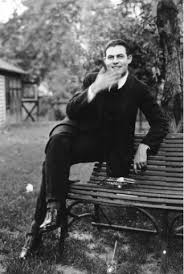
On Saturday, June 24th, the Hemingway Foundation in Oak Park, Illinois, hosted a party to celebrate Hemingway’s graduation from high school in 1917 – 100 years ago – from Oak Park and River Forest High School. The Foundation provided some jazz, some spoken word performances, a silent auction, and cocktails. It has long been debated what Hemingway’s favorite drink was. Contenders are a daquiri, a mojito, a bloody mary, and the ever-popular martini. Solid authority supports a dry, very cold martini as his favorite.

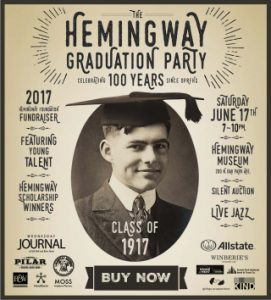
The Foundation also introduced their second annual publication of a collection of short stories called Hemingway Shorts, by rising writers. The Hemingway Foundation chairman, John Barry, presented several lesser known facts about Hemingway. If you read this blog regularly these will not be lesser known to you but bear with them.

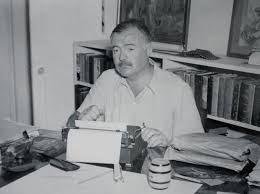

2. While he was born in Oak Park, he counted downtown Chicago and Upper Michigan as home. He honeymooned with his first wife, Hadley Richardson, in Upper Michigan on Lake Walloon, and after the war moved to Chicago for several months.
3. He burnt the candle at both ends. Hemingway stayed up late but got up early. His usual habit when he was writing well was to get up early and work until the early afternoon. He’d then take a swim, go out on the Pilar, his boat, and relax with friends. While working on a book he was very disciplined.
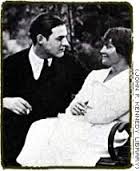
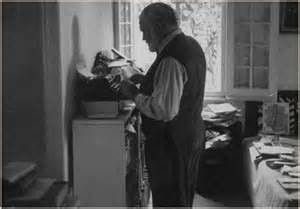

So happy 100th anniversary of high school graduation of Ernest Hemingway.
Hemingway was a romantic. Sure, he was macho and tough and a man’s man in many ways, but he enjoyed women greatly and always had a close and loving relationship with Marlene Dietrich. One of Hemingway’s love letters to her is going up for auction. It is expected it will garner something in the vicinity of $30 – $40,000.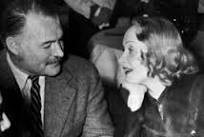
This particular letter is dated August 12, 1952 – a year after Dietrich had confessed to keeping the author’s photograph by her bedside. They met in 1934 and became quite infatuated with each other but never consummated the attraction because, as Hemingway put it, they were “victims of unsynchronized passion.” He noted that whenever one of them was out of a relationship the other one was in one and the timing never worked out.

Hemingway writes in the letter to Marlene “I always love you and admire you and I have all sorts of mixed up feelings about you.” Later in the letter he declares that while “you are beautiful…I am ugly…please know I love you always and I forget you sometimes as I forget my heart beats. But it beats always.”
Marlene and Hemingway corresponded over several decades. Marlene Dietrich’s daughter wrote a book noting that after Hemingway’s death, her mother wore widow’s weeds for quite a while and she always believed that had he been with her, instead of his then wife, Mary, he wouldn’t have killed himself.
So, if I had $30,000+ just sitting around, I might enter the fray and bid on this letter, but I fear I’m going to have to let it go to some other fervent Hemingway fan.
I’ve read many of Hemingway’s letters. They are fun and he is quite funny and clever in them. His humor rarely comes through in his novels.
I think the line that I’ve quoted above – I forget you sometimes as I forget my heart beats. But it beats always – is so him. It’s very simple and yet it speaks volumes.